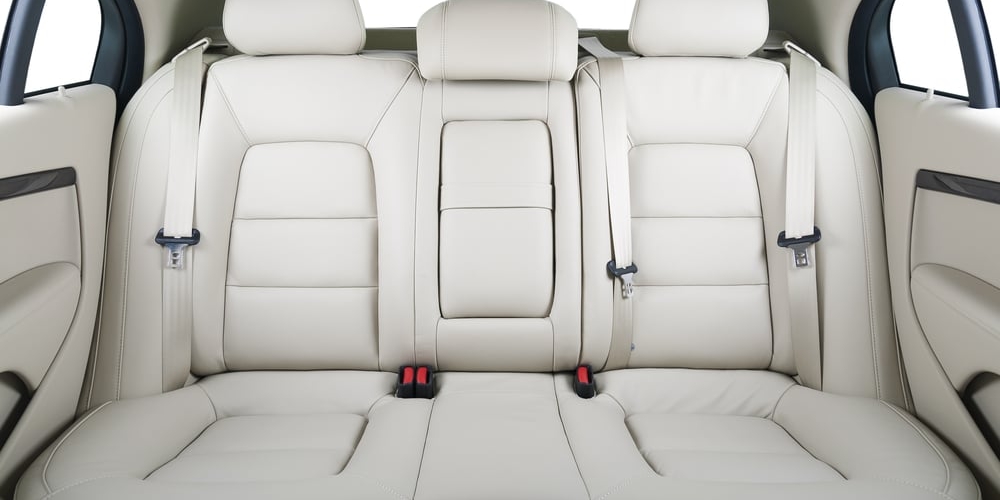News & Blog \

Why Using Polyurethane In Cars Is So Important
From as early as 1960, the automotive industry has adopted polyurethanes for many uses. After the invention of polyurethane (PU foam) in 1954, car manufacturers started to integrate rigid PU foam into the panels of many vehicles. In modern times, it’s not only used in panels but also in car seats, bumpers, suspension insulators and many other interior components.
The use of polyurethane foam can improve user experience and performance of a vehicle through:
- Better fuel economy due to the reduction in weight
- Comfort
- Resistance to deterioration and corrosion
- Heat insulation
- Sound and energy absorption
Versatility
The design and manufacture of a car’s seats are extremely important. As previously discussed, style, comfort and safety are huge factors to consider in modern-day transport. Cushioned seats are now manufactured using polyurethane foam. As a material, it provides comfort and support without losing its shape, PU foam can also be produced in varying densities, offering further comfort and design capabilities. Polyurethane foam will maintain its shape for many years, without bunching or becoming uneven.
Ease of Use
Polyurethane foam makes it easy for manufacturers to mould and carve shapes to fit a design. The ease of producing PU foam cushions and prototypes using Computer-Aided Design (CAD) makes it a popular material for designers and car manufacturers around the world. PU foam also compliments the use of technology in cars, with the ability to integrate wiring for heated seating and even massage systems.
Energy Efficiency
Since its introduction to the transport industry, polyurethane has contributed to reducing our impact on the environment due to its lightweight nature. Less weight in a car means that the car's performance is increased through reducing fuel consumption.
Safety
Seating plays an extremely important role in the safety of a car’s design. In the event of a car crash, the seat needs to absorb impact from the user, whilst also protecting them from the internal framing inside the seat. Polyurethane has a fantastic strength to weight ratio, making it lightweight yet sturdy enough to withstand impacts.
The design of car seating is also incorporated into what is known as passive safety, which (using lateral support), keeps the body and the key points of shoulders, hips and legs in a safe position during a crash.
Comfort
In today’s automotive market, seating is expected to be well designed, ergonomic and comfortable. Besides obviously providing a surface to carry the driver or passenger; another purpose of a car seat is to offer protection by supporting the user's body while stationary for extended periods of time. Frequently travelling long distances will take a toll on a person if their posture is poor throughout the journey. The design of conventional seating incorporates various suspension elements into the base of a seat, such as springs and PU foam.
Conclusion
Since the invention of polyurethane foam, automotive design has been developed dramatically and continues to push the boundaries of engineering. Many manufacturers now use polyurethane foam as their go-to material to ensure ease of production, weight reduction and safety in vehicles.
If you would like to see examples of how polyurethane foam is improving the quality of some of motoring’s top brands, visit our case study to see how Bentley Motors utilised polyurethane in its design and manufacturing process.
If you require any design or prototyping for your project, contact us here at Rojac today, we can guide you through the process and make recommendations for improvement. Over the last 13 years, we have specialised in PU foam prototyping for a range of well-established motor companies. Contact us today by calling +44(0)121 502 6549 or emailing info@rojac.com. We’re here to help.